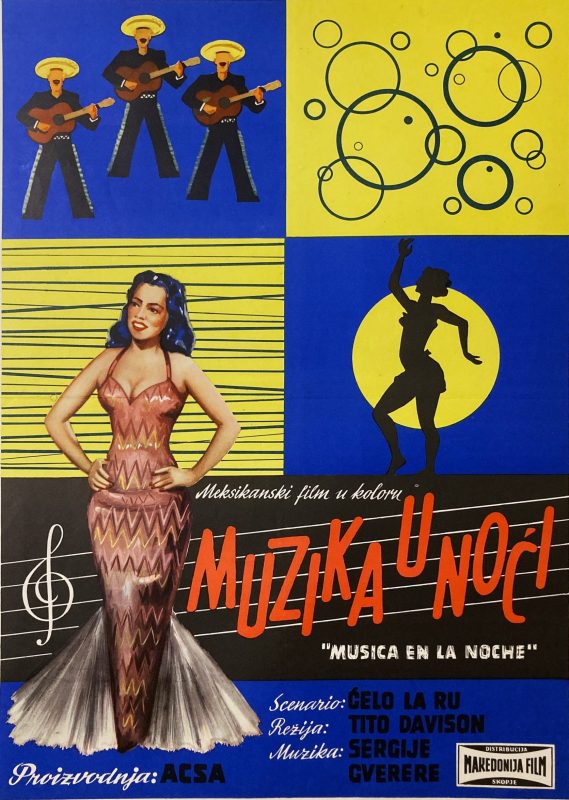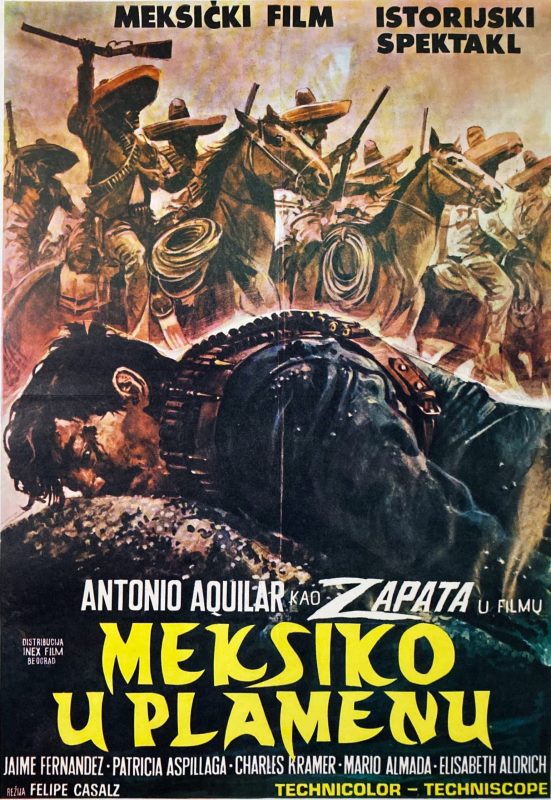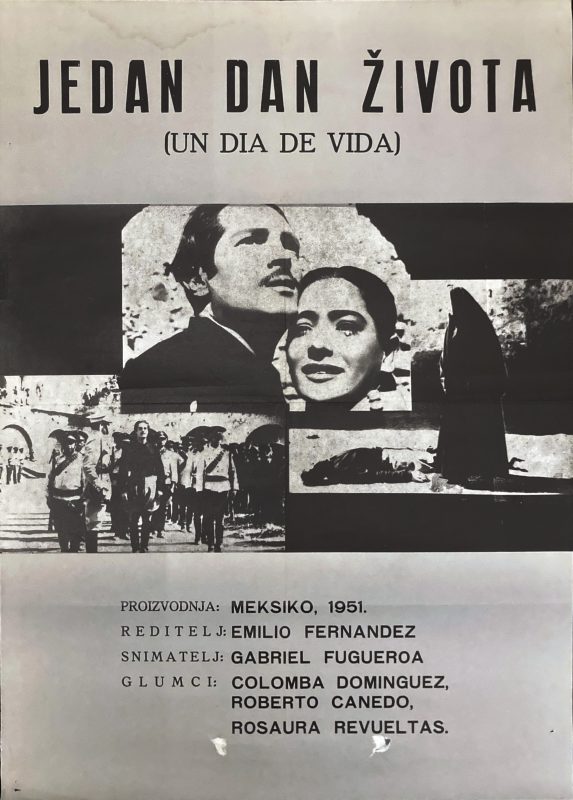
Blog
Yu Mex Craze: How Mexican Film Won Over Yugoslavia

Mexican Film in Yugoslavia
During the 1950s, Yugoslavia and Mexico developed a surprising bond despite having no common language, border, or culture. This unlikely friendship would become known as the Yu Mex craze, which refers to the Yugoslav fascination with Mexican culture through music and film. This cultural craze was a significant cultural phenomenon in Tito’s Yugoslavia, and it grew in popularity in the following decades.
What’s the Yu Mex Craze?
The YuMex Craze was a cultural phenomenon in Tito’s Yugoslavia, which showcased the Yugoslav fascination with Mexican culture, particularly traditional and pop music. While many Yugoslav music albums featured covers of Mexican hits with singers posing with sombreros on the album cover, the craze itself started with the film industry.
Although this period was known as the Golden Age of Mexican cinema, its popularity was limited to Latin America, Spain, and, curiously enough, Yugoslavia. What’s interesting is, that not only did the Yugoslavs fervently enjoy Mexico’s telenovelas, but they saved some of the cinematographic pieces that would otherwise be lost to the public. The Yugoslav fascination with Mexican cinema was a significant cultural phenomenon that had a lasting impact.
Entertainment for the Non-Aligned
While it was common for a Yugoslav distributor to import Mexican movie posters, the hold it took on the people remains an enigmatic cultural phenomenon.
Presumably, the authorities sought to import entertainment from countries that answered to neither the Western nor Eastern powers. Tito’s opposition to the USSR led to Yugoslavia’s expulsion from the Eastern Bloc. The country found itself isolated amid the Cold War, charting its course as a socialist nation that stood apart from both the Soviet Union and the West. They wanted to soften the imperialistic influence of Western powers while being independent of the Eastern bloc.
The revolutionary topics and sentiments found in Mexican cinema were especially convenient as they appealed to a broader sentiment of the people at the time. These films helped solidify a connection between Mexican culture and Yugoslavia, searching for its own identity in the aftermath of World War II.
Supported by Hollywood, Mexico had the third-largest movie production center. This fact would noticeably set it apart from other Latin American productions. However, it was the pathos of the films and not the quality of their production that seemed to have won over the Yugoslav hearts and minds.
A Day in Life and a Century of YuMex Friendship
Emilio Fernandez’s film “Un Día De Vida” (1950) surprisingly provoked so many tears in Yugoslavia, despite its never having been released commercially on tape or DVD in its home country. The territory of the former Yugoslavia remained a place of remembrance for this film long forgotten by its home country. The distributors renewed the movie’s rights three times and relaunched it every 2 to 3 years for nearly two decades. Interestingly enough, even now we can see this movie poster in a state-run cinema in Sarajevo.
The movie revolves around revolutionary and patriotic themes, crowned by the sentiments of motherly love and grief. Being no strangers to wars, loss, and sacrifice, the Yugoslav people were especially struck by the movie. In one of the most famous scenes, a revolutionary sentenced to death sings “Las Mañanitas” to his mother. Some say that there are still those who cry over this song today.

Original movie poster for the 1958 Mexican musical comedy “Musica en la Noche” directed by Tito Davidson
Yu Mex in Yugoslavia
While the sentiments haven’t entirely faded, this topic remains scarcely explored. The first attempt at tackling this topic began with Miha Mazzini’s book Paloma Negra (2012). A year later, his short documentary titled YuMex, Jugoslovanska Mehika came out. Mazzini’s novel explores this cultural phenomenon, and his research on the topic led to an overwhelming response from people sharing their memories of Mexican-inspired materials from former Yugoslavia. The abundance of anecdotes proves a precious testament to the widespread nature of this trend:
“A owner of a night club from Sweden wrote me that when they’re totally drunk and closing time is getting near, customers from ex Yugoslav countries start singing Mexican songs.” (Miha Mazzini, YuMex or Yu-Mex: Mexican music in fifties Yugoslavia)
Thanks to his curiosity, we now have more information about the origins of YuMex. As for Mexican cinematography, the Yugoslav Cinema Archive (Jugoslovenska Kinoteka) still preserves these films. The archive was also the major resource for the original movie posters, some of which you can only find in the ExYu edition.







